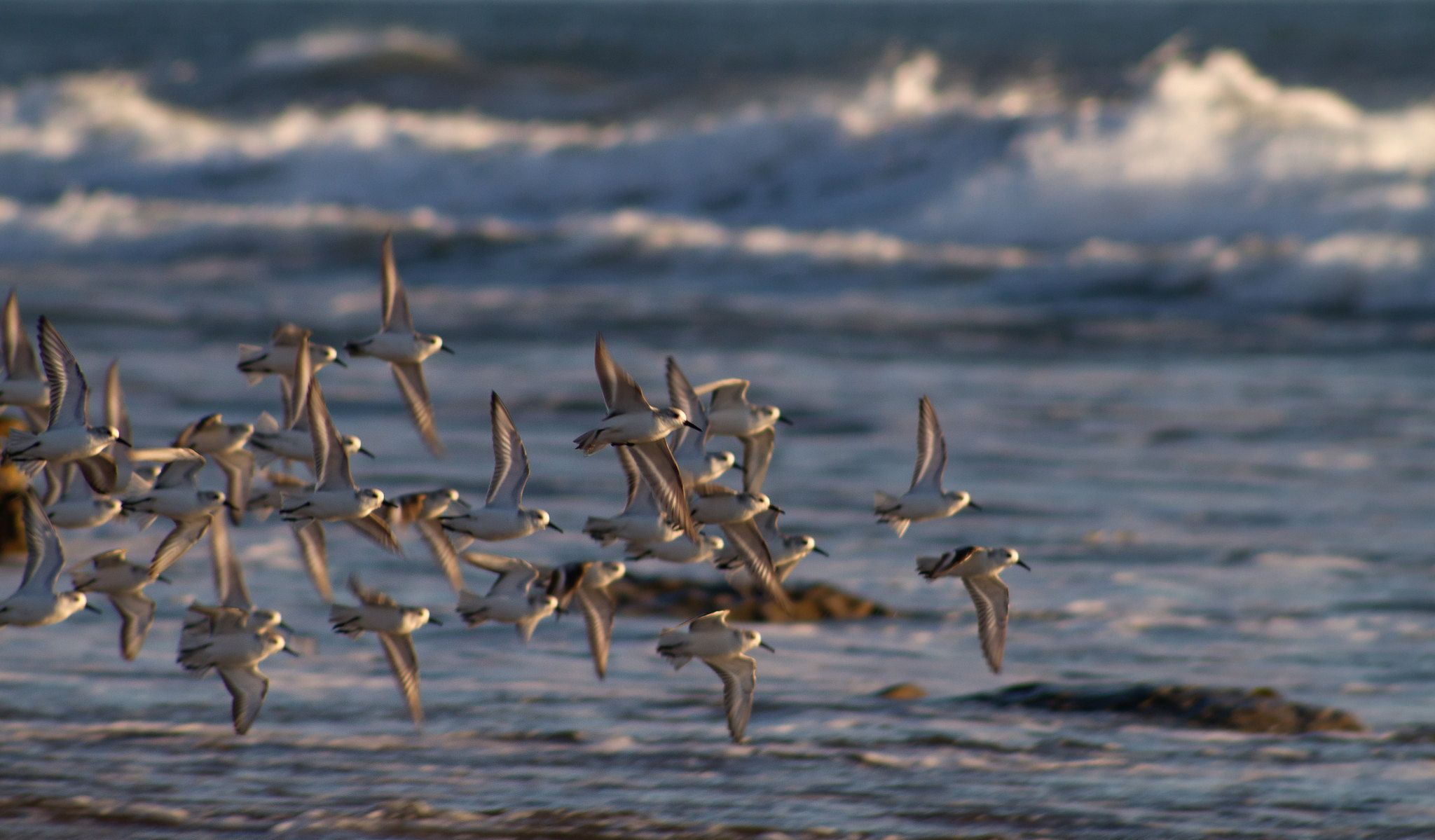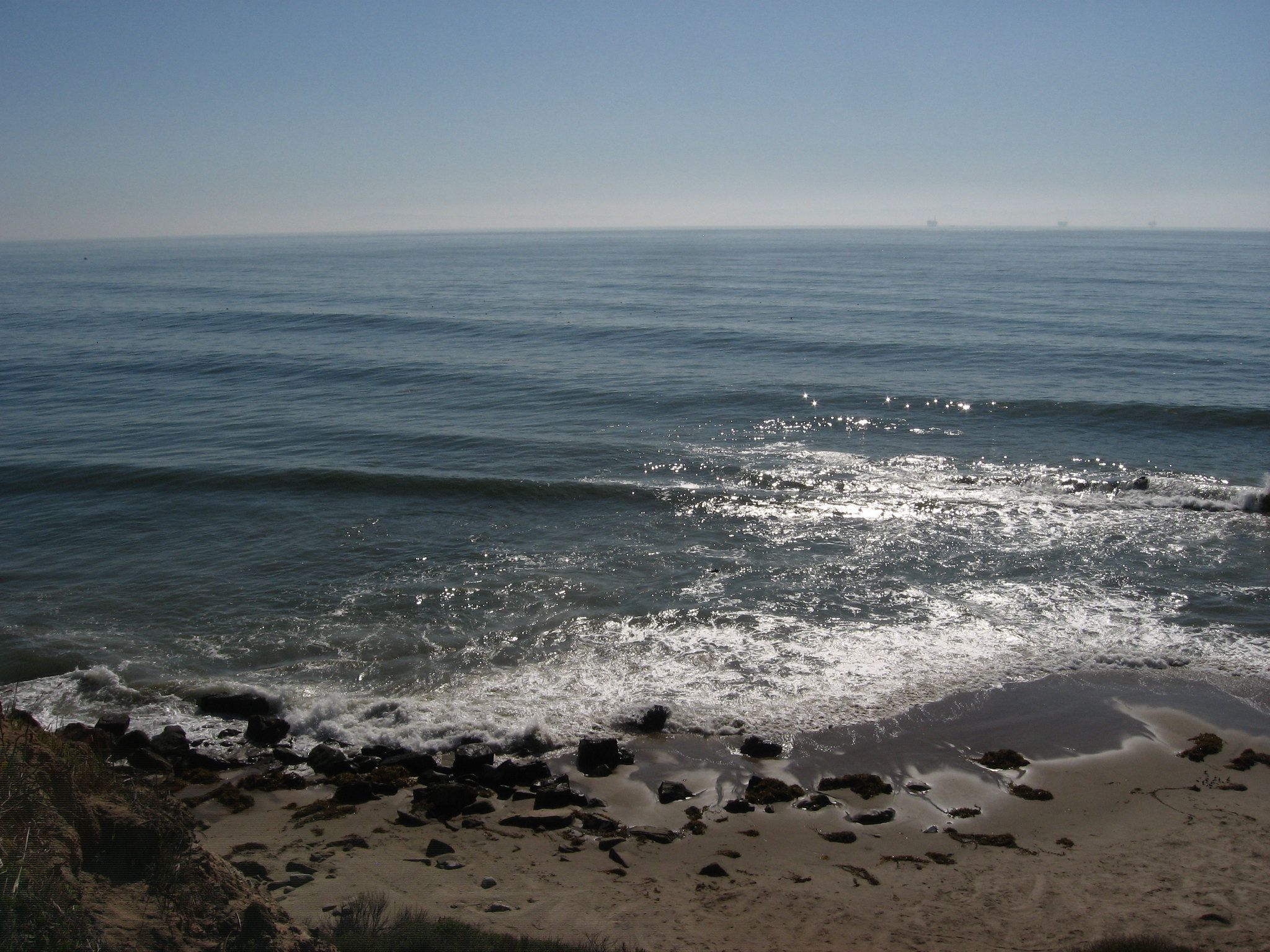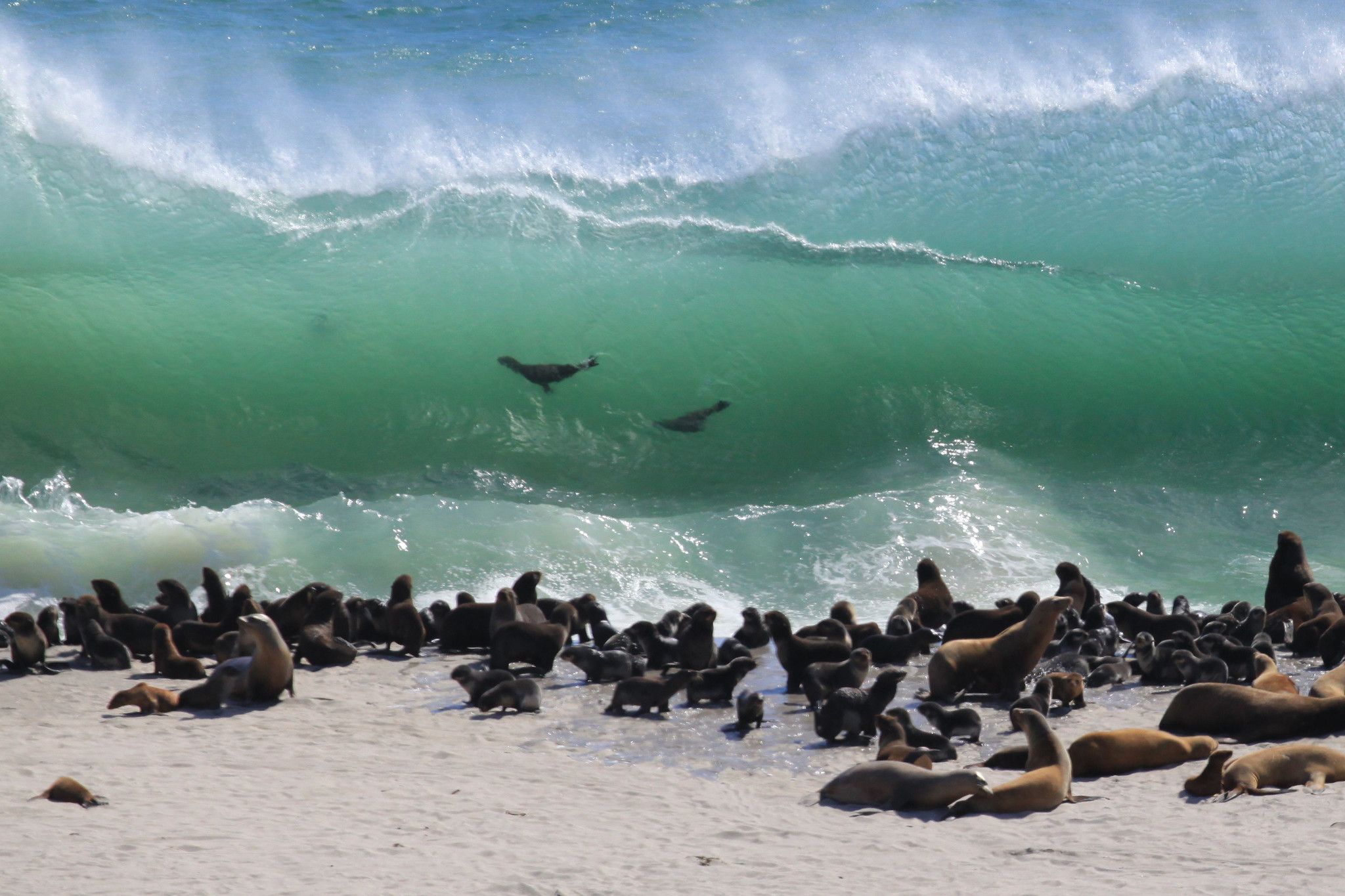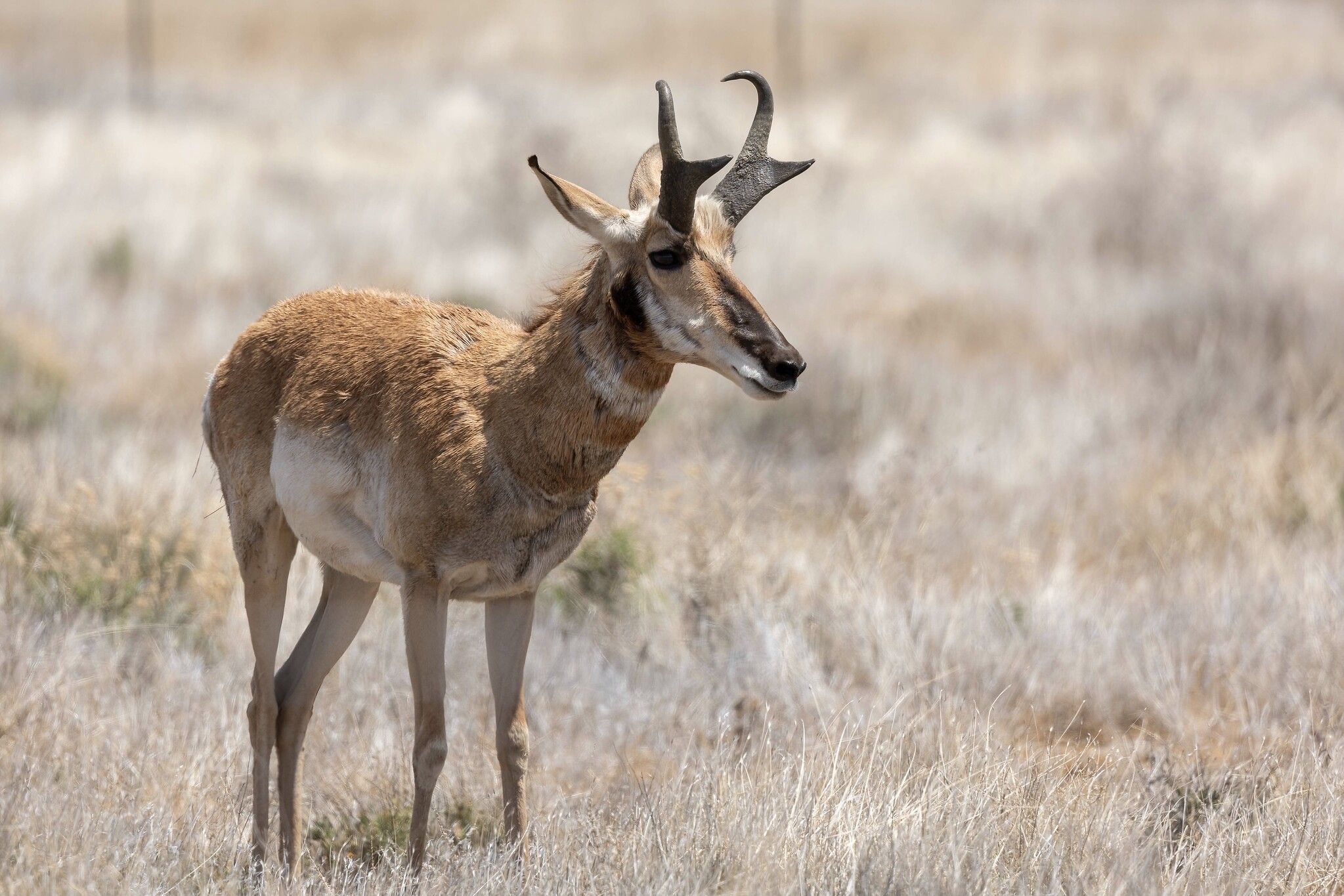The Best Places to See Local Wildlife in Santa Barbara

Coal Oil Point Reserve
The rare and endangered snowy plover pictured above can be seen at Coal Oil Point near UCSB. North and south of the wetland's mouth, Coal Oil Point is roped off along the rack line of driftwood and gnarled kelp. To get a good view of these threatened birds, you'll have to closely watch the natural depressions in the sand. Plovers don't make nests. Instead, they rely on depressions next to kelp, cobblestones, and driftwood. These tough little shorebirds depend on their camouflage to blend into their coastal environment.

Carpinteria Salt Marsh Reserve
This 230-acre wetland has more than 200 birds recorded in its maze of channels and dense pickleweed. Easy, maintained trails lead to vantage points for expansive views, and interpretive signs explain the inner workings of the marsh. You can almost pull up a chair at one of the channels that serpentines through the estuary and watch for cinnamon, green, blue-winged teal, lesser scaups, common mergansers, double-crested cormorants, and marbled godwits.
Sneaking around the pickleweed are marsh wrens, Say's phoebes, snowy egrets, a slew of songbirds, and the highly secretive light-footed clapper rail. In addition, red-tailed hawks, American kestrels, white-tailed kites, and seafaring ospreys patrol the skies.
Keeping all the waterfowl and waders on their toes is a resident gray fox frequently seen foraging through the pickleweed and crossing the muddy channels at the lowest of tides. Docent-led trips in the Carpinteria Salt Marsh Nature Park are available.

San Miguel Island, Channel Islands National Park
The most westerly islet in the Channel Islands National Park archipelago is home to North America's largest seal and sea lion rookery. As a result, more species are seen here than anywhere else on the planet. Plan on seeing northern elephant seals, harbor seals, California sea lions, and northern fur seals. More than 100,000 animals surround the windswept isle.
The best place to see this massive congregation is Point Bennett, located on the western tip of San Miguel. A cold current from Alaska and a warm current from Mexico collide around the chain, bringing a rich assortment of food items, making Point Bennett a popular spot for the pinnipeds.
The hike out to Point Bennett is 15 miles round-trip and ranger led. The hike itself is long but easy, and anticipation mounts by the distant bellows of seals and sea lions carrying across the island. Along the hike, keep an eye out for the endangered island fox, making a comeback on San Miguel and other animals.

Carrizo Plain National Monument
The last of California's historic grasslands can be found here, offering shelter for various critters including the pronghorn antelope pictured above, believed to be the fastest land animal in North America. After coming close to extinction in the 1800’s, efforts to help restore the population are working, although only to a fraction of this animal’s historic range. The area, known as California's Serengeti, includes Soda Lake's 50-mile dirt road, the main drag through the monument, with many old cattle roads leading to points unknown.
Those brave enough to watch for rattlesnakes should visit the Carrizo Plain National Monument. Along Soda Lake Road, it's common to see desert cottontails, San Joaquin kit foxes, antelope ground squirrels, roadrunners, Tule elk, burrowing owls and the majestic pronghorn antelope are also frequently seen here. The Caliente Mountains, just west of the grasslands, are a foraging habitat for black-tailed mule deer. Watch for Coyotes, golden eagles, and great horned owls in the woodlands.
Our wild neighbors make life in Santa Barbara even more enriching. If you’re considering making a move within or to Santa Barbara, I invite you to give me a call at (805) 886-9378 or email me at Cristal@montecito-estate.com for a free consultation regarding selling and buying. Check out my portfolio of impressive estates for sale, and let me know what speaks to you. We can celebrate with a hike on the wild side!
More resources: